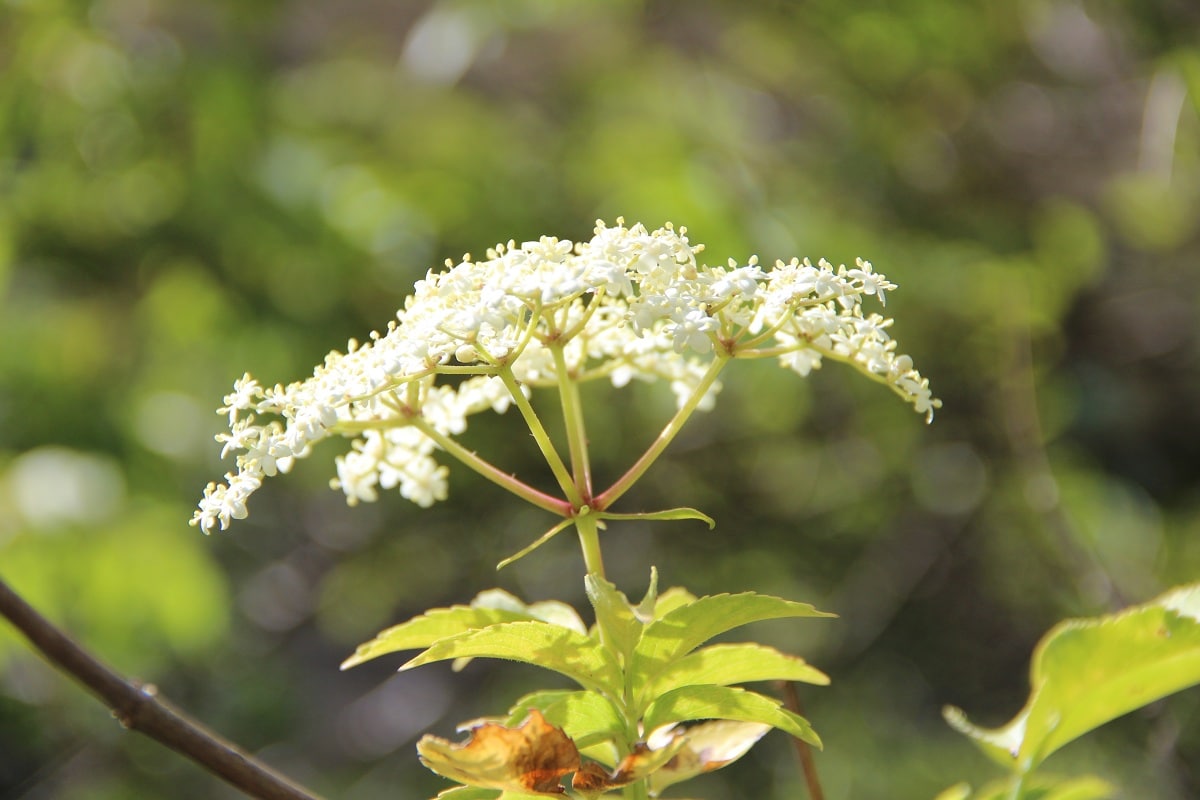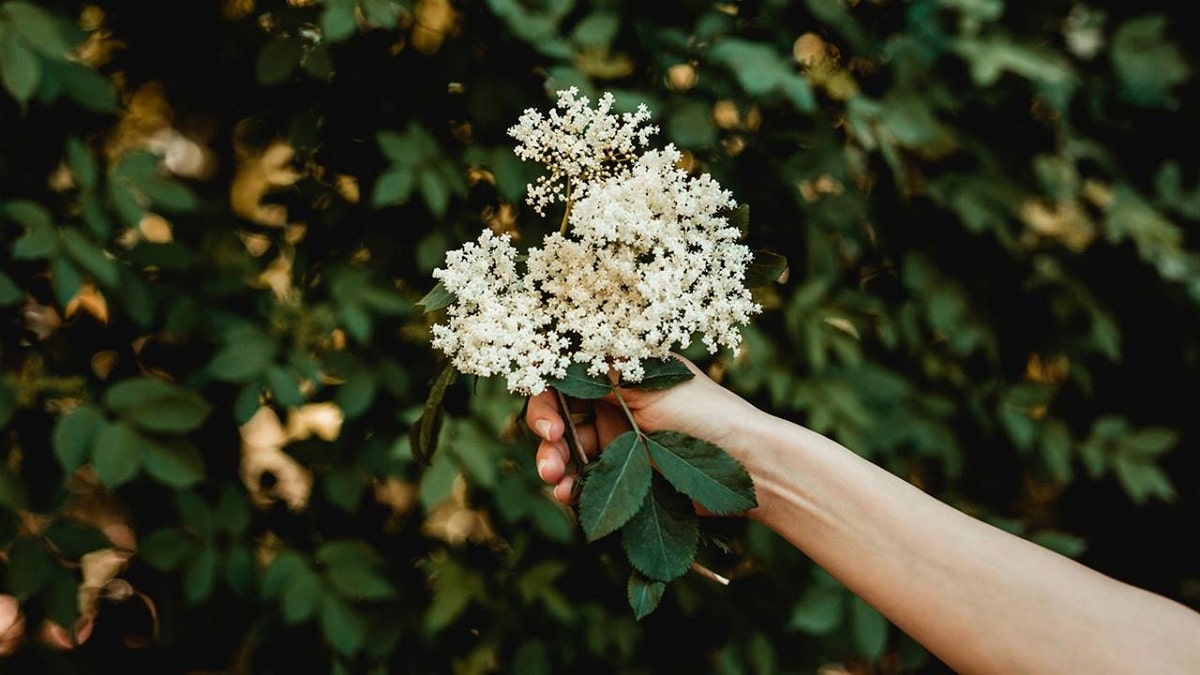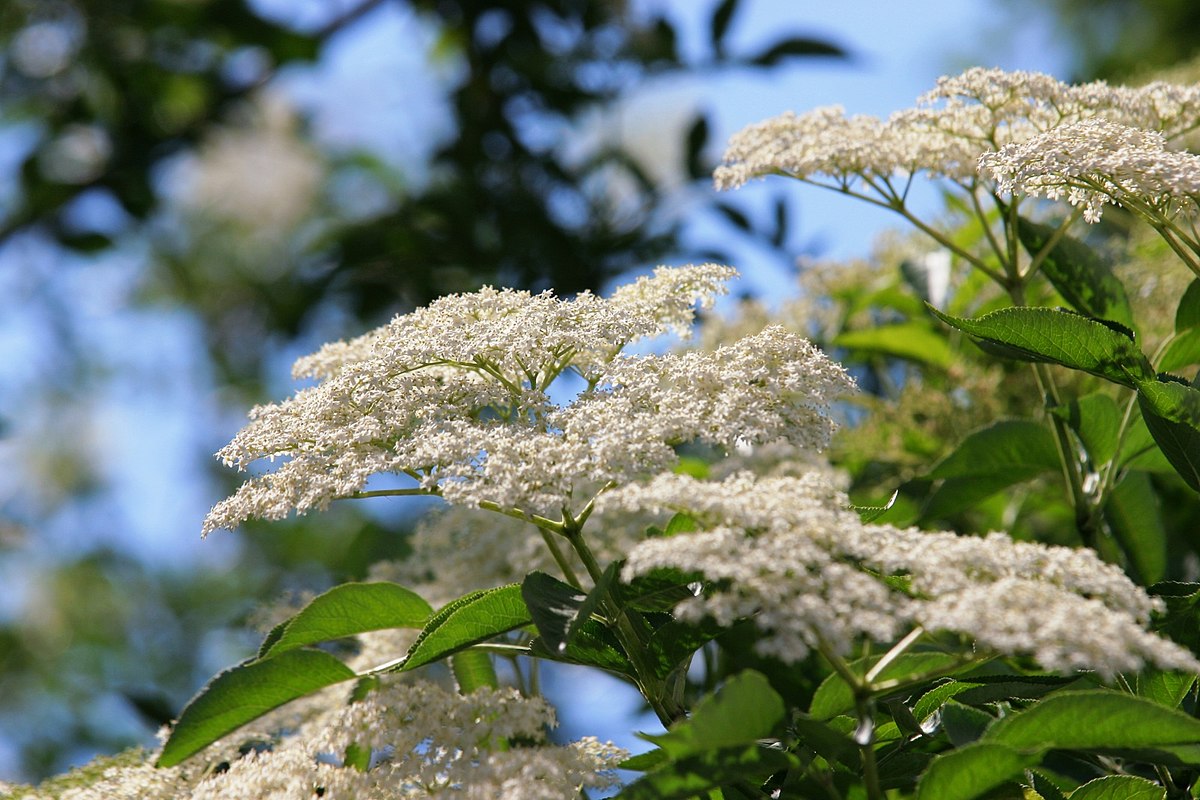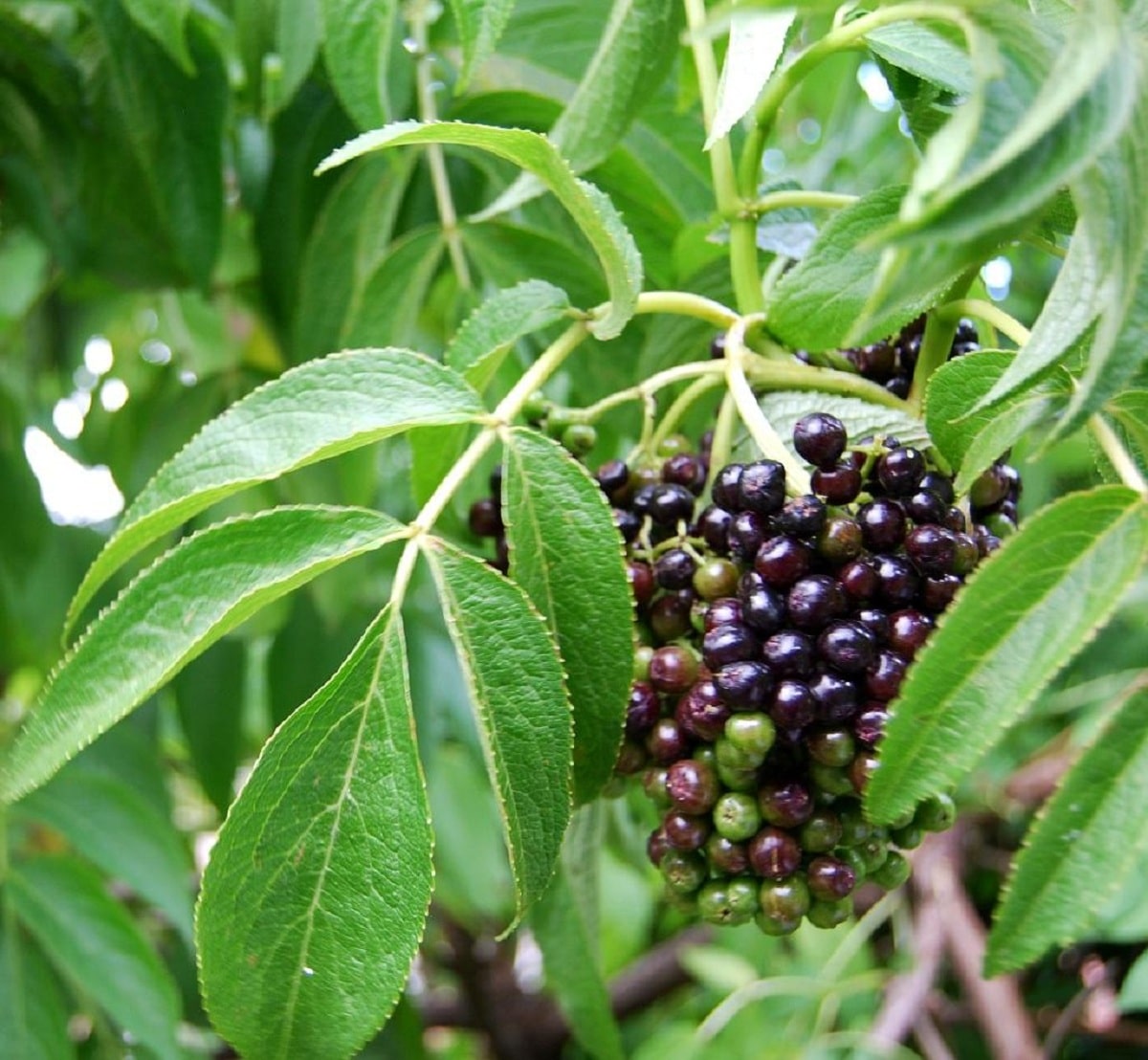
If you are looking for alternative crops for your garden, it is time to think about the kitchen because it uses a series of natural products that you can grow in any green corner. When preparing jams, elderberry comes as a different option. You can make it using organic elderberry, after growing it at home. The elderberry is a perennial shrub that reaches an average height of 10 meters so you don't need a lot of space to grow it.
In this article we are going to show you how to grow elderberry and what are the main characteristics of this shrub.
Elderberry overview

The scientific name of this evergreen shrub is Lythrum loosestrife L. and belongs to the Litráceas family. There are 20 species of Elder, although beyond certain differences that refer to each species, the shrub is characterized by grayish-brown woody stems, pinnate compound leaves and umbel-shaped inflorescences of a pinkish-purple color. The fruits appear drupe and are black.
Beyond the kitchen elderberry has great medicinal properties and that is why it is used for nosebleeds, as eye drops, to alleviate diseases related to the female genital tract and skin diseases, among others. Apart from a long medicinal tradition, this tree also has religious ties. And it is that it has been known by the name of flute since its branches were used in ancient times to be able to manufacture the musical instrument in a rudimentary way.
Its area of distribution is distributed with greater abundance in areas of Europe, South America and Oceania. Most of the areas and ecosystems where it lives are in places whose climate is subtropical and temperate. This shrub is a descendant of the Adoxáceas family, which has at least 30 different species.
Some of the main confusions that elderberry generates are with the elderberry bush that they produce similar fruits but with a high degree of toxicity. The way to differentiate these bushes is that the elderberry is about 10 meters tall and the shrub that is confused is similar to a grass that only reaches 2 meters in height.
Main features and uses

The elderberry has many branches and its stem is brown. Among the characteristics that stand out most compared to other shrubs is that it has two barks. These two barks help them protect themselves against the adversities of the climate or pests and diseases. You can easily see the two barks superficially tearing the first layer of the stem. Its leaves are small and its edges are serrated with a deep green color.
As for its flowers, they have an interesting aroma that starts the garden. These flowers usually have at least 5 petals in an attractive star shape. The color of the flowers is cream and the fruits appear between the months of August and September. The fruits are very juicy and are used in gastronomy to prepare sweets and sauces. Very rich jams can be made with these fruits. They grow in groups of stripes with a green color at first, but when they mature they turn a red color. Notably the fruits when they are ripe have a high degree of toxicity. Therefore, they cannot be used either as a medicinal option or for consumption. When the flowers and fruits are ripe, they are suitable for this use.
The flowers are used mainly for the preparation of infusions that are recommended to reduce the symptoms of some respiratory conditions. They also have a potential and effective anti-fever, since the infusions generate large amounts of sweat. They are plants recommended to treat kidney infections, helping to remove stones and is ideal for mending inflammation of the organ. It acts as a natural diuretic for those who retain fluids or have a diet high in sodium.
Thanks to its physical sawn anti-inflammatory qualities it has been used on numerous occasions to treat migraine headaches, headaches, inflammations. Help reduce the pain of the same with the taking of an aromatic tea with elderflower. It can be taken for dinner and lunch thanks to its digestive action.
Conditions for good growth

You can find it in humid places, such as forests or river banks, although if you want to grow elderberry at home you only have to reproduce the humidity conditions, which is why irrigation is very important, which should not only be regular but abundant.
Also, you will need a space sunny or semi-shady as the flowering will depend on this. To be optimal, the ideal is that the tree is exposed to the sun. Although it adapts to different types of soils, the ideal is a soil rich in organic matter. In case the soil is very poor, you can enrich it with a periodic fertilizer. If the climate is very dry, it is also recommended to cover with peat in order to conserve soil moisture since it is a tree that, as we explained, needs water.
The sowing of the elderberry is simple because it is done by cuttings so it is only a matter of making a hole in the ground and planting it and then covering it with soil and watering. Another option is sowing from seed, something that must be done in summer, scattering the seeds on the ground and covering with a thin layer of soil.
Let's not forget that, as it is a plant of temperate and subtropical climates, they need a lot of humidity but well-drained soils. It is not a shrub that can survive flooding well. You have to sow it in areas with enough sunlight but that you can keep the humidity. For this, we will better use a deep soil so that it has a good development.
Although it does not need any type of pruning for it to grow optimally, it is recommended to do some eventually to ensure that all branches grow correctly.
I hope that with this information you can learn more about how to grow elderberry and all its main properties.
There is a mistake, the name of no elderberry is Lythrum salicaria, the most common is Sambucus nigra and Sambucus Canadis. It is also not perennial, at least in temperate climates. And it is a toxic plant in its entirety minus the juice of its ripe berries after all the seed is extracted (toxic too).